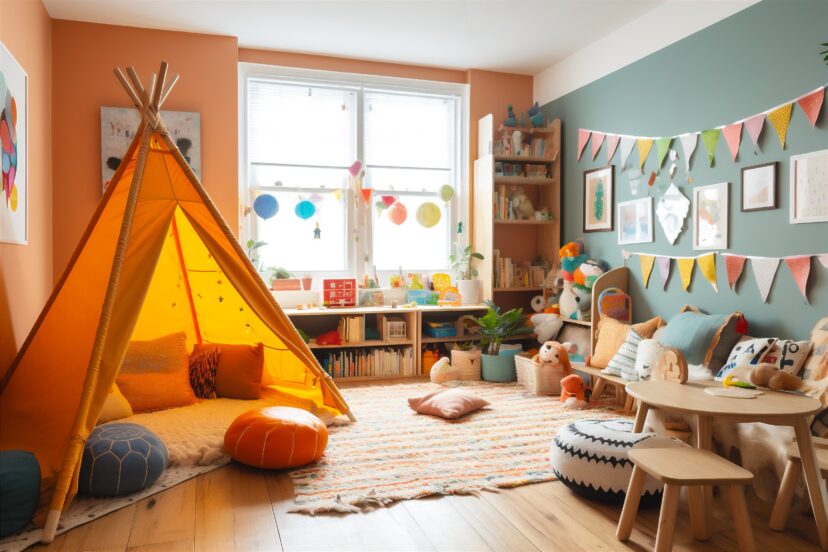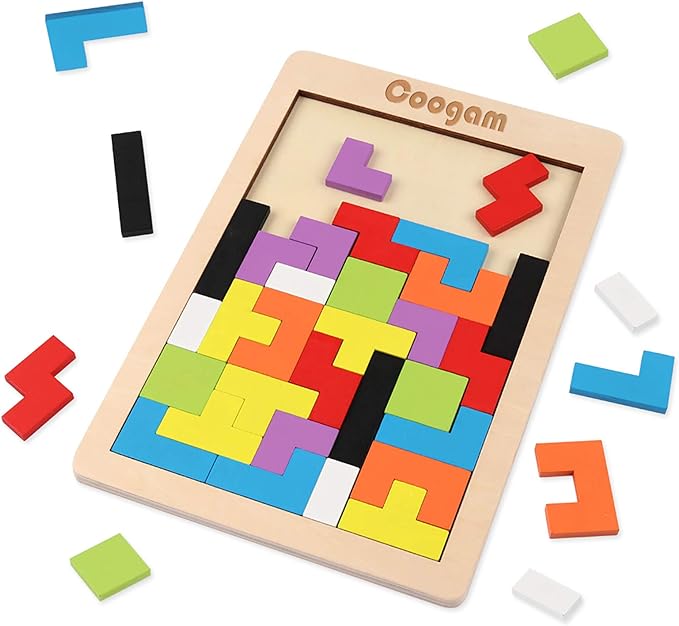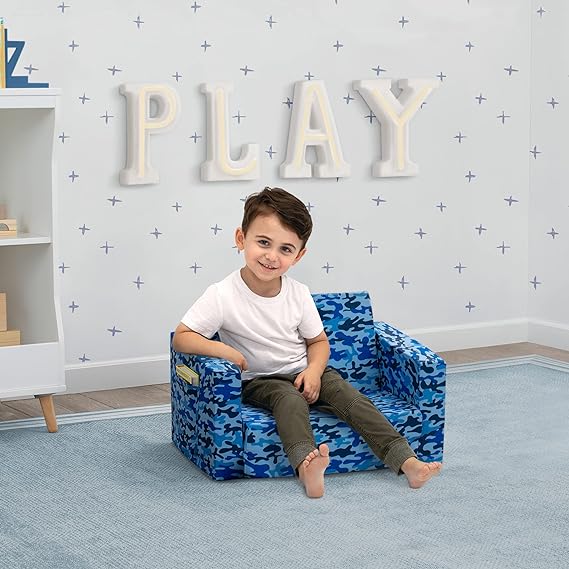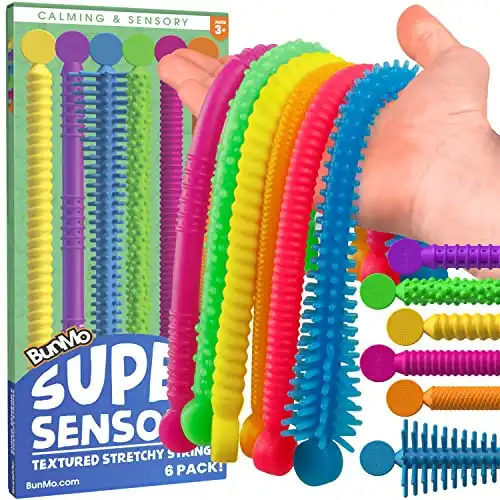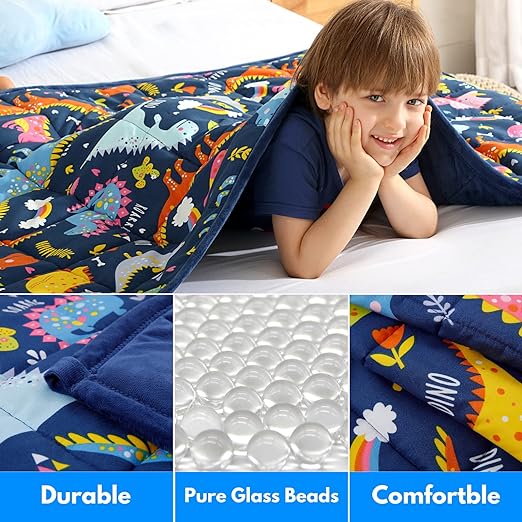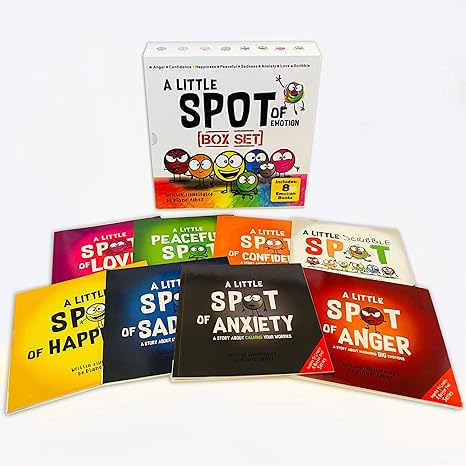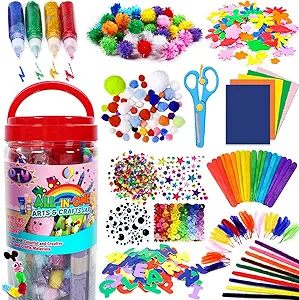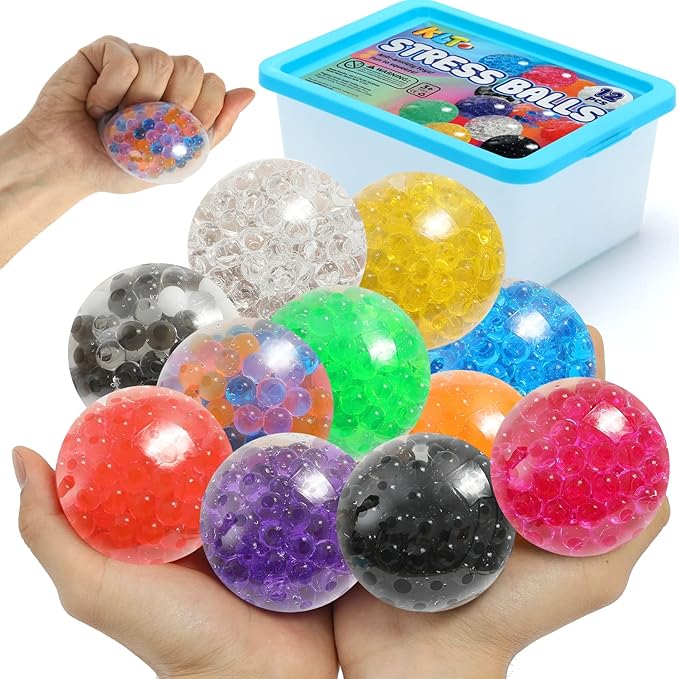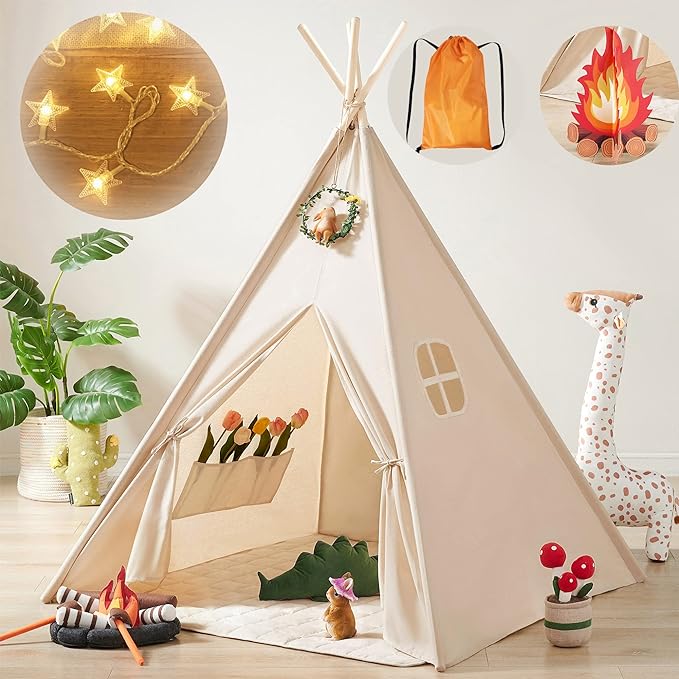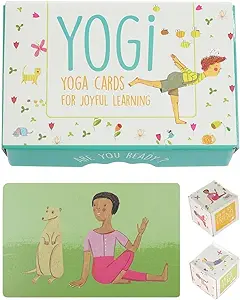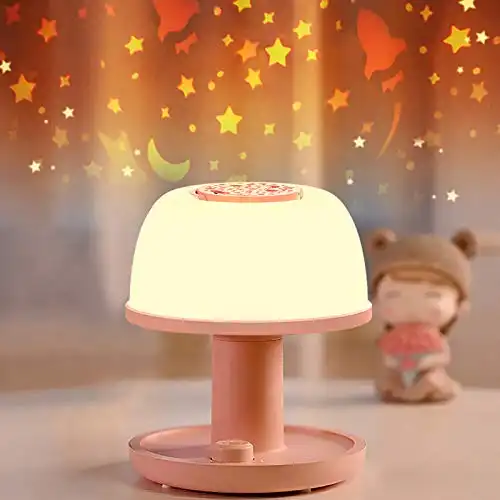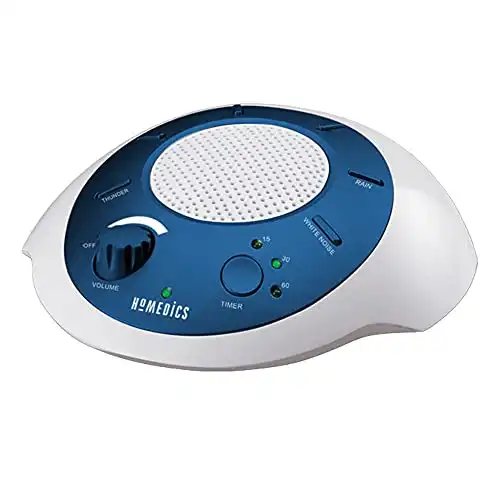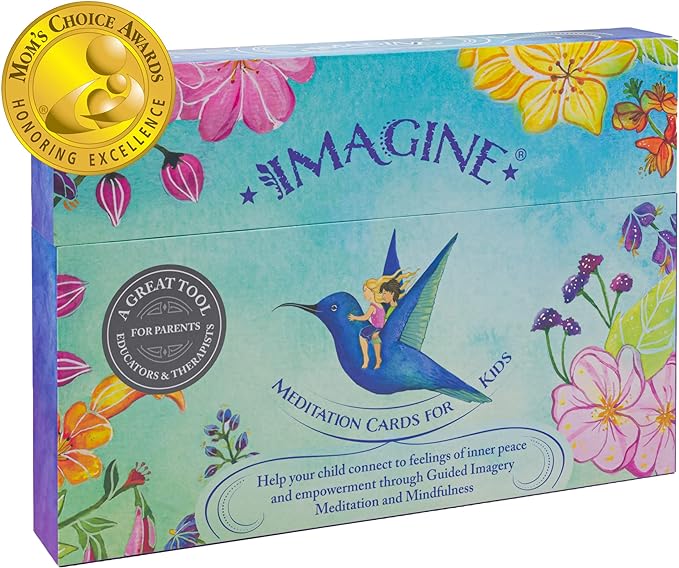Calm Down Corner: Creating Tranquillity at Home For Your Child
As a fellow parent, I know first-hand how parenting can sometimes feel like navigating through a storm. It’s in these moments that a “Calm Down Corner” can serve as a beacon of tranquility.
Understanding Calm Down Corners
What is a Calm Down Corner?
A “Calm Down Corner” is a dedicated space in your home that is designed to be a safe and calming place where a child can go to self-regulate and manage their emotions. This space is usually filled with comforting and soothing items, like soft blankets, pillows, stress-relief toys, books, or anything else that may help the child feel more at ease.
The aim of a Calm Down Corner is to provide a positive environment where children can learn to cope with overwhelming feelings such as anger, frustration, anxiety, or sadness. Rather than being a form of punishment or a time-out space, it’s a place of emotional support, promoting mindfulness and emotional self-regulation in children.
When used correctly, a Calm Down Corner can be a powerful tool to help children learn how to independently manage their emotions, develop problem-solving skills, and build emotional intelligence, all of which are crucial skills for their overall development.
The Psychological Basis of a Calm Down Corner
The concept of a Calm Down Corner is grounded in several psychological theories and principles.
Cognitive Behavioral Therapy (CBT): A key principle of CBT is that our thoughts, feelings, and behaviors are interconnected, and changing one can influence the others. A Calm Down Corner provides a space for children to work on changing their emotional responses (feelings) by altering their environment (behavior) and practicing mindfulness or self-soothing techniques (thoughts).
Self-Regulation Theory: Self-regulation involves managing one’s behavior, emotions, and thoughts to pursue long-term goals. A Calm Down Corner encourages children to manage their emotions independently, helping them develop this essential life skill.
Operant Conditioning: This theory by B.F. Skinner suggests that behavior can be changed by consequences. A Calm Down Corner isn’t meant as a punishment (negative consequence), but rather a space where children associate calming down with positive experiences.
Attachment Theory: This theory emphasizes the importance of a secure base for exploration and self-development in children. A Calm Down Corner can provide such a secure base, giving children the confidence to navigate their emotional landscape.
Sensory Integration: Sensory tools often found in a Calm Down Corner are based on the principle of sensory integration. This theory states that organizing and responding to sensory input is crucial for development. By engaging their senses in a calming way, children can learn to regulate their emotional responses.
It’s also worth noting that while Calm Down Corners have a solid psychological basis, they’re not a substitute for professional mental health interventions when needed. They’re tools to be used as part of a broader strategy of emotion-coaching, positive parenting, and teaching self-regulation skills.
Benefits of a Calm Down Corner
Fosters Emotional Regulation: A Calm Down Corner provides children with a safe space to express, understand, and manage their emotions, helping them to develop critical self-regulation skills. They learn to associate the corner with calming down, which can reduce the intensity and duration of their emotional outbursts over time.
Encourages Independence: The goal of the Calm Down Corner is to help children navigate their emotions independently. By using this space, children learn to take initiative in self-soothing and calming down, fostering their autonomy and resilience.
Enhances Emotional Intelligence: By acknowledging their feelings and using tools to self-soothe, children can increase their emotional intelligence. They learn to identify different emotions, understand what triggers them, and effectively manage them—a vital skill for social interactions and relationships.
Reduces Stress and Anxiety: The calming atmosphere of a Calm Down Corner can help reduce immediate feelings of stress and anxiety in children. This is particularly beneficial for children with sensory processing difficulties or those who become easily overwhelmed.
Promotes Mindfulness: A Calm Down Corner can encourage mindfulness, a state of active, open attention to the present. This can enhance focus, attention, and awareness of their emotional state.
Provides a Safe Space: Everyone needs a space to retreat and regroup, and children are no different. A Calm Down Corner provides a secure, non-judgmental space where children feel safe to express their feelings.
Cultivates Problem-Solving Skills: Over time, children can learn to identify the specific activities or tools in their Calm Down Corner that most effectively help them relax. This fosters problem-solving skills and self-awareness.
How to Set Up a Calm Down Corner
Setting up a Calm Down Corner doesn’t require a huge budget or space—it just needs a bit of thoughtfulness and creativity.
Choosing the Right Space: Firstly, choose an area that is away from the usual noise and commotion of the household. It should be a spot where your child can sit comfortably, preferably with enough space to spread out a bit. Natural light can be calming, but make sure there are options to adjust the light as needed.
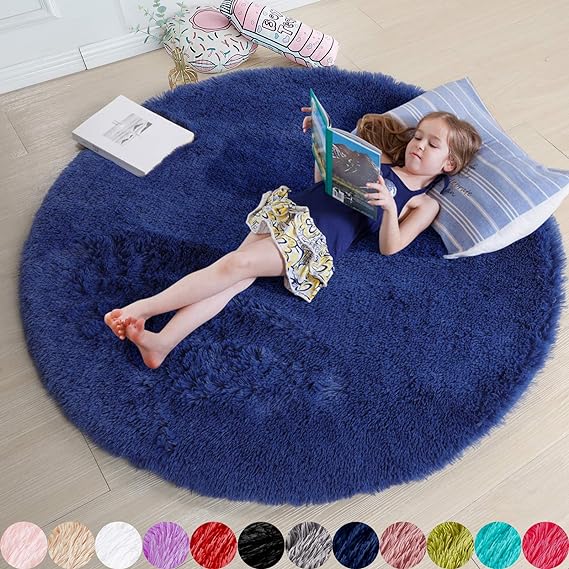
Make it Cozy: Comfort is key in a Calm Down Corner. Add soft items like cushions, bean bags, or a comfortable chair. A rug can add warmth, especially if your floors are cold.
You could add curtains for privacy or to control light. Use soothing colors for the decor – blues, greens, and pastel shades are generally relaxing
Guidelines and Understanding: Explain to your child what the space is for. It’s important they know it’s not a punishment area, but rather a place they can choose to go to when they need to calm down. Set some simple rules like using a quiet voice in the corner and tidying up when they leave.
Tools and Toys: Consider your child’s preferences and needs when choosing items for the space. Some children might benefit from sensory toys like fidget toys, stress balls, or weighted blankets.
Others might prefer calming activities like coloring books, Wooden puzzles, or quiet games.
Personalize the Space: Finally, make the space welcoming by adding personal touches. This might be their favorite soft toy, family photos, or artworks they’ve made. The space should feel safe and inviting, encouraging your child to use it when they need to.
Suggested Items for a Calm Down Corner
These items are carefully selected to cater to different sensory needs and preferences, promoting relaxation, focus, and emotional equilibrium. From tactile tools that soothe through touch to visual aids that help center thoughts, each suggested item plays a crucial role in creating an environment conducive to calming down and resetting. Whether you’re setting up a calm down corner in a home, classroom, or office, the following suggestions will help you create a space that offers comfort and tranquility for moments of overwhelm or stress.
Comfortable Seating
Comfortable seating in a calm down corner plays a vital role in creating a nurturing space where individuals can relax and find peace. It offers a cozy retreat for the body to unwind, making it easier for the mind to calm and emotions to stabilize.
When we sit in a comfy spot, our stress levels can decrease, helping us feel more grounded and secure. This is especially important in a calm down corner, where the goal is to provide a safe haven for emotional regulation and mindfulness.
Sensory Toys Or Items
Sensory toys are fantastic for a calm down corner because they engage the senses in a gentle, soothing way, helping to redirect focus and alleviate stress.
Whether it’s squishing a stress ball, feeling the textures of a sensory mat, or watching a glitter jar settle, sensory toys help create a tranquil environment conducive to relaxation and emotional balance
Weighted Blanket
Weighted blankets are a wonderful addition to any calm down corner because they offer a comforting, gentle pressure that mimics a warm hug. This pressure can help reduce anxiety, improve mood, and promote a sense of security, making it easier to relax and calm down.
The gentle weight helps activate the body’s relaxation responses, encouraging deeper, more peaceful moments of rest or meditation. A weighted blanket can turn any space into a soothing sanctuary for emotional and physical relaxation.
Books About Controlling Emotions
Books offer children an escape into different worlds, stories, and experiences that can soothe the mind and spark the imagination. Reading or looking through books can help shift focus away from stressors, providing a peaceful activity that reduces anxiety and promotes relaxation.
Whether it’s a captivating story, a beautiful picture book, or a mindfulness guide, books can be powerful tools for calming the mind, encouraging positive thoughts, and supporting emotional regulation in a gentle, engaging way.
Art Supplies
Art supplies in a calm down corner are like keys to a world of creativity and expression, offering a unique way to process emotions and relieve stress. Engaging in art activities, such as drawing, coloring, or sculpting, allows individuals to express themselves non-verbally, channeling feelings into physical creations.
This creative outlet can significantly reduce anxiety, improve mood, and foster a sense of accomplishment and calm. Plus, the act of focusing on an art project can be meditative, helping to clear the mind and bring about a peaceful state of being.
Stress Toys
Stress toys are perfect for a calm down corner because they provide a tactile way to release energy and tension. Squeezing, stretching, or fidgeting with these toys can be incredibly soothing, offering a physical outlet for stress and anxiety.
This simple act of repetitive motion can help calm the mind, focus thoughts, and reduce feelings of stress, making them a great tool for emotional regulation.
A Hideaway
A hideaway in a calm down corner offers a private, cozy space where individuals can feel secluded and safe. This personal retreat allows for quiet reflection, solitude, and a sense of security, which are essential for calming down and regaining emotional balance.
Whether it’s a tipee, a canopy, or even a soft blanket fort, a hideaway provides a comforting sense of enclosure, making it easier to relax, breathe deeply, and find peace within oneself.
Yoga Cards For Kids
Yoga cards for kids are a brilliant addition to a calm down corner because they guide individuals through calming poses and breathing exercises that promote relaxation and mindfulness.
Each card offers a visual and descriptive step into yoga practices that can help reduce stress, improve focus, and enhance overall well-being. By encouraging gentle physical activity, yoga cards help release tension from the body and quiet the mind, making them a valuable tool for anyone looking to find a moment of peace and balance in their day.
Soft Lighting
Soft lighting is ideal for a calm down corner because it creates a warm atmosphere that encourages relaxation. Harsh, bright lights can be stimulating or overwhelming, whereas gentle, subdued lighting helps to soothe the senses, making it easier to unwind and focus on calming activities.
Whether it’s from dimmable lamps, string lights, or softly glowing candles (battery-operated for safety), soft lighting transforms any space into a tranquil sanctuary conducive to peace and relaxation
White Noise Or Sound Machine
A white noise machine can fill the space with soothing sounds that mask distracting noises from the outside world. Whether it’s the gentle hum of ocean waves, the soft patter of rain, or the calming rustle of leaves, these sounds can deeply relax the mind, ease stress, and help individuals feel more grounded and centered.
This auditory backdrop creates a serene atmosphere, making it easier to meditate, practice deep breathing, or simply sit in peaceful contemplation. A sound machine can transport someone to a place of tranquility, turning their calm down corner into a personal oasis of calm.
Tips for Using a Calm Down Corner
Guide, Don’t Force: Encourage your child to use the corner when they’re upset, but don’t yell and force them. It should be a choice, not a punishment. Over time, they will begin to recognize when they need to use the space themselves.
Model Its Use: Show your child how the corner can be used by demonstrating it yourself. When you’re feeling stressed or overwhelmed, just explain and take a moment in the corner. This not only shows your child how to use the space, but also models healthy emotion-management strategies.
Involve Your Child: Let your child have a say in setting up the Calm Down Corner. They’re more likely to use it if they feel it’s their own. They can choose what comfort items they want or pick the color of the cushions, for instance.
Keep It Positive: Always use positive language when referring to the Calm Down Corner. It’s a helpful, safe space—not a time-out or punishment.
Practice Calming Techniques: Use the Calm Down Corner to teach and practice calming techniques like deep breathing or mindfulness. Over time, these techniques will become second nature to your child.
Start Early: The earlier a child starts using a Calm Down Corner, the better. Even toddlers can benefit from a simplified version, with supervision.
Be Patient: It may take time for your child to get used to using the corner. Keep encouraging them and be patient. Every child is different and will adapt at their own pace.
Revise As Needed: As your child grows and their needs change, the Calm Down Corner should evolve too. Add new items and remove others as necessary.
Closing Thoughts From Me
A Calm Down Corner is more than a space, it’s a proactive approach to fostering emotional growth and independence in children. By following these guidelines and tips, you can create an effective Calm Down Corner that suits your child’s unique needs.
Remember, the goal of a Calm Down Corner is to help your child manage their emotions in a safe and constructive way. It’s a tool, not a cure-all, and it should be part of a larger strategy that includes open communication about emotions, consistent routines, and supportive relationships.
FAQs
Can I use a Calm Down Corner for toddlers? Yes, with suitable modifications, a Calm Down Corner can be effective for toddlers as well.
How long should my child stay in the Calm Down Corner? There’s no fixed time. It depends on the child and the situation, but typically, five to fifteen minutes should suffice.
My child is resisting the Calm Down Corner. What should I do? Remain patient and positive. Encourage its use, and remember that the child’s comfort and acceptance of the space are key.
Can I use the Calm Down Corner as a punishment? No, the Calm Down Corner should never be used as a punishment or timeout space.
What if I don’t have much space at home? No worries! A Calm Down Corner doesn’t require much space—a quiet, comfortable corner will do just fine.

